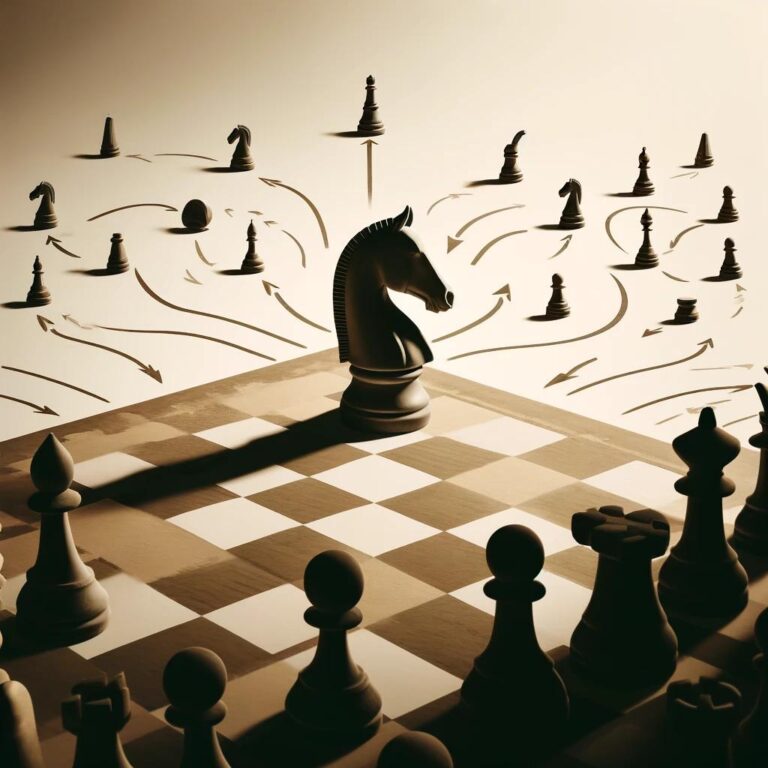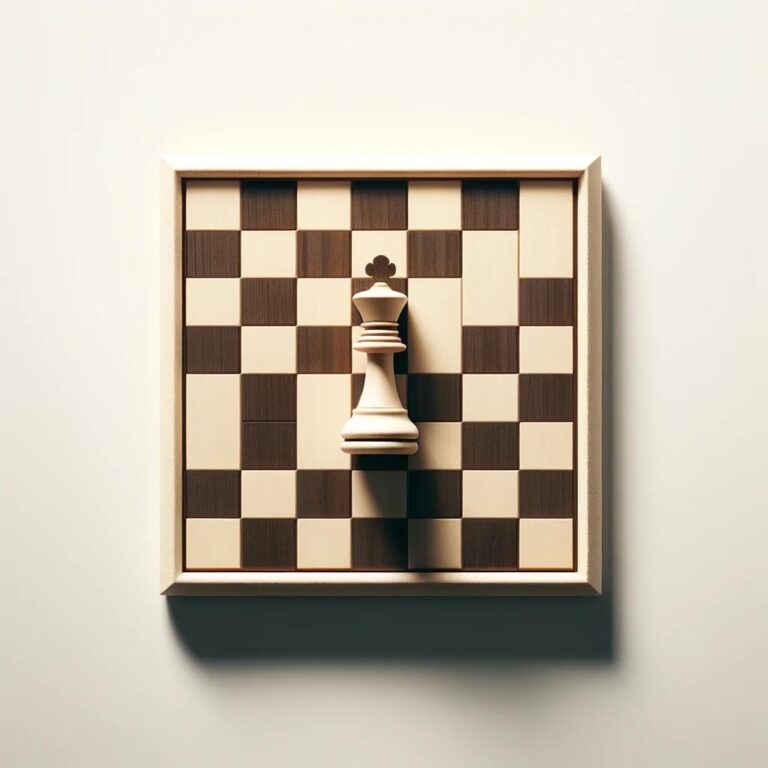Chess, a game with centuries-old history, is celebrated for its infinite complexity and the vast array of possibilities it presents. One of the most fascinating aspects of chess is the sheer number of possible moves and positions that can arise from its simple set of rules. This article delves into the question of how many possible moves there are in chess, exploring the magnitude of the game’s complexity.
Sample 29 moves Chessgame
In this dynamic Queen’s Pawn Game: Chigorin Variation, strategic maneuvering and tactical exchanges dominate. White leverages the center, orchestrating attacks that culminate in a decisive material advantage. Despite Black’s resilient defense, White’s persistent pressure leads to a breakthrough, forcing Black’s resignation after a well-executed combination results in insurmountable material loss.
The Initial Array of Moves
The game of chess starts with 32 pieces on the board: 16 for each player. At the very beginning, players have 20 possible moves each—16 pawn moves (each pawn can move one or two squares forward) and four knight moves (since each of the two knights can move in two different ways). This might seem manageable, but the complexity quickly escalates.
Branching Complexity
After each player makes one move, the number of possible board configurations jumps dramatically. With every turn, the number of potential games multiplies, leading to a combinatorial explosion as pieces interact in increasingly complex ways.
Shannon Number
To quantify the game’s complexity, mathematician Claude Shannon estimated the number of possible chess games. The Shannon number, as it’s known, is roughly 10^120. This figure is an estimate of the game-tree complexity, representing the total number of possible ways a game of chess can unfold. To put that in perspective, this number far exceeds the estimated number of atoms in the observable universe, which is about 10^80.
Legal Positions
When discussing possible moves, it’s also interesting to consider the number of legal positions at any point in a game. A legal position is any arrangement of pieces on the board that can be reached through a series of legal moves from the game’s starting position. It’s estimated that there are about 10^43 to 10^50 legal positions in chess.
The Number of Possible Moves
Calculating the exact number of possible moves in chess at any given point is a dynamic question, as it depends on the specific arrangement of pieces on the board. However, on average, a player has about 30 moves available on each turn. This number fluctuates depending on how many pieces are left on the board and their positions.
Conclusion
The question of how many possible moves there are in chess opens a window into the game’s profound complexity and beauty. While the exact number changes with each turn and each game played, the staggering estimates of game-tree complexity and the number of legal positions highlight why chess remains an inexhaustibly rich field for strategic and analytical thought. Whether you’re a casual player or a seasoned grandmaster, the infinite possibilities of chess offer endless opportunities for challenge, discovery, and improvement.







